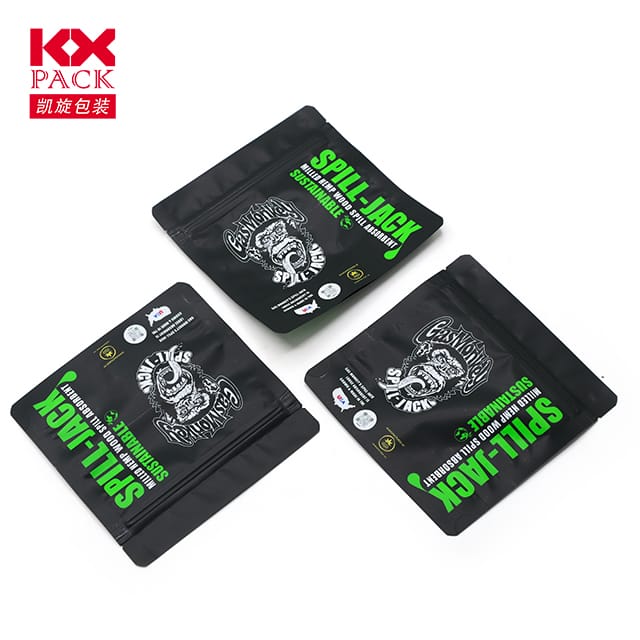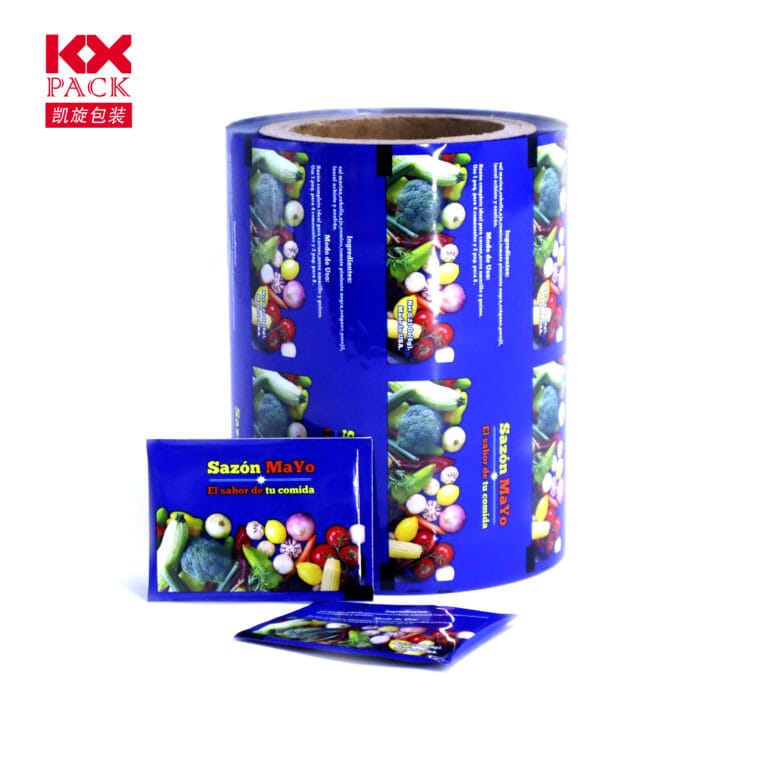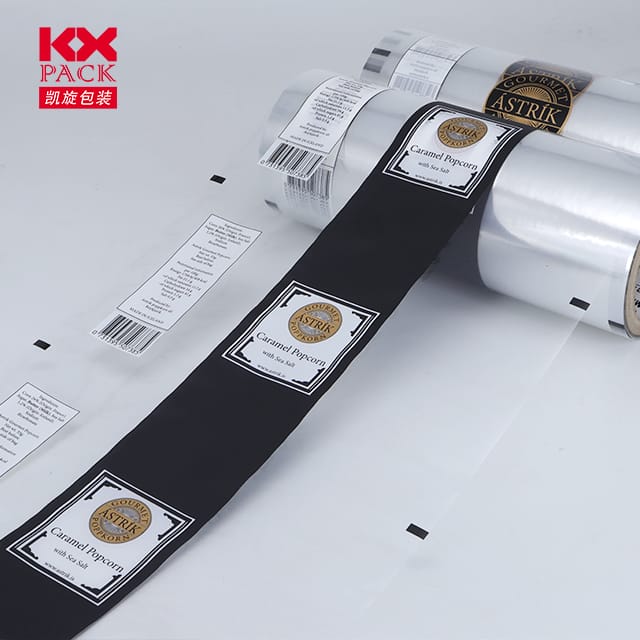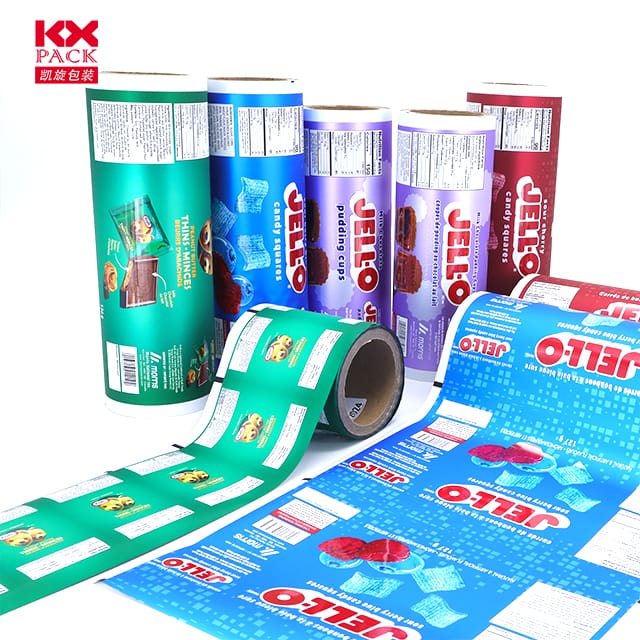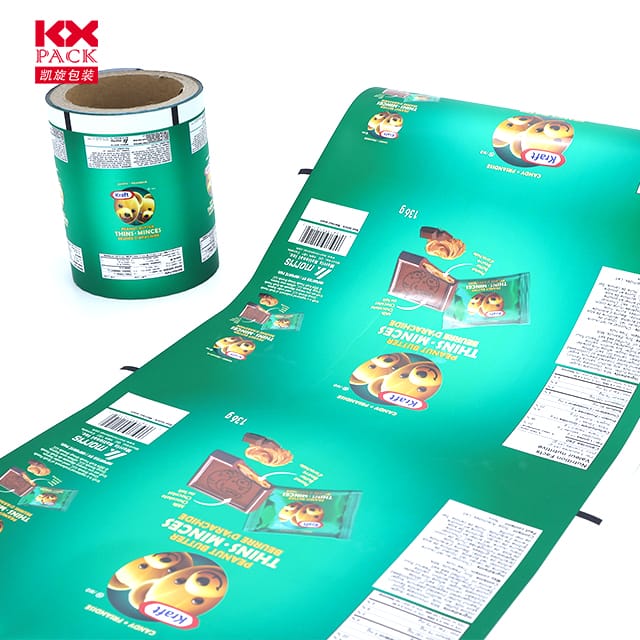Flexibele filmverpakking: The Future of Sustainable, Versatile, and Smart Product Protection
Flexibele filmverpakking
In a world where convenience, duurzaamheid, and innovation drive consumer choices, flexible film packaging has emerged as a game-changer across industries. From food and beverages to pharmaceuticals and cosmetics, this lightweight, adaptable material is redefining how products are stored, transported, and presented. But what makes flexible film packaging so revolutionary? Let’s unpack its benefits, uitdagingen, and future trends.
Why Flexible Film Packaging? The Key Advantages
- Lichtgewicht & Ruimte-efficiënt
Flexibele filmverpakking (think pouches, Tassen, and wraps) weigh significantly less than rigid packaging like glass or metal. This reduces shipping costs, lowers carbon footprints, and maximizes shelf space in stores. - Unmatched Versatility
Whether it’s a stand-up pouch for snacks, a vacuum-sealed bag for meat, or a multi-layer film for sensitive electronics, flexible packaging adapts to any product’s needs. It can be printed with vibrant graphics, resealable zips, or easy-tear notches for user convenience. - Uitgebreide houdbaarheid
Advanced barrier films (made from materials like polyethylene, aluminium, or biodegradable polymers) protect against oxygen, vocht, licht, en verontreinigingen. This keeps products fresher for longer—critical for perishables like coffee, kaas, or baby food. - Eco-Friendly Potential
While traditional plastics face scrutiny, flexible films are evolving. Innovations include compostable materials, recyclable mono-structures, En thinner films that use less raw material without sacrificing strength.
Industries Reaping the Benefits
- Voedsel & Beverage: From single-serve coffee pods to frozen veggie pouches, flexible packaging reduces waste and preserves flavor.
- Geneesmiddelen: Child-resistant blister packs and moisture-proof sachets ensure medication safety.
- Cosmetica & Personal Care: Travel-sized tubes, resealable shampoo pouches, and airless pump bottles enhance user experience.
- Detailhandel & E-Commerce: Lightweight packaging lowers shipping costs for online orders, while eye-catching designs boost brand appeal.
Uitdagingen & the Path to Sustainability
Despite its advantages, flexible film packaging faces hurdles:
- Recycllabaliteit: Many multi-layer films (combining plastic, aluminium, and paper) are difficult to recycle.
- Consumer Perception: Plastic waste concerns push brands toward alternatives, even if flexible films are often more sustainable than rigid options when considering full lifecycle impacts.
- Regulatory Pressures: Governments are imposing stricter rules on single-use plastics, accelerating the need for eco-friendly solutions.
Solutions on the Horizon:
- Monomateriaalfilms: Using a single polymer (like PE or PP) simplifies recycling.
- Industrial Composting: Certified compostable films break down in 180 days under industrial conditions.
- Chemical Recycling: Advanced processes convert mixed plastics back into raw materials.
Innovations Shaping the Future
- Active & Intelligent Packaging
Films embedded with sensors can detect spoilage (Bijv., freshness indicators on meat packaging) or release antioxidants to preserve products. - Eetbare films
Made from seaweed, starch, or proteins, these biodegradable coatings could replace plastic wrappers for items like candy or fresh produce. - Smart Labels
QR codes or NFC chips on packaging enable traceability, anti-counterfeiting, and personalized consumer engagement.
How Brands Can Embrace Flexible Films Responsibly
- Prioritize Recyclable/Compostable Options: Partner with suppliers offering certified eco-friendly materials.
- Educate Consumers: Clearly label recycling instructions and promote reuse (Bijv., resealable pouches for storage).
- Design for Circularity: Avoid mixed materials if possible and advocate for improved recycling infrastructure.
Laatste gedachten: Een flexibele toekomst
Flexible film packaging isn’t just a trend—it’s a response to modern demands for efficiency, duurzaamheid, and innovation. While challenges remain, advancements in material science and recycling technology are paving the way for a greener future.
Als consumenten, we can support brands that prioritize eco-friendly flexible packaging. As businesses, investing in sustainable solutions isn’t just good for the planet—it’s a smart strategy for staying competitive in an evolving market.
The next time you unzip a snack pouch or peel open a coffee bag, herinneren: that thin, flexible film is a tiny marvel of engineering—and it’s here to stay.
Share your thoughts: Have you noticed a shift toward flexible packaging in your favorite products? Laten we bespreken in de reacties! 🌱📦💡

